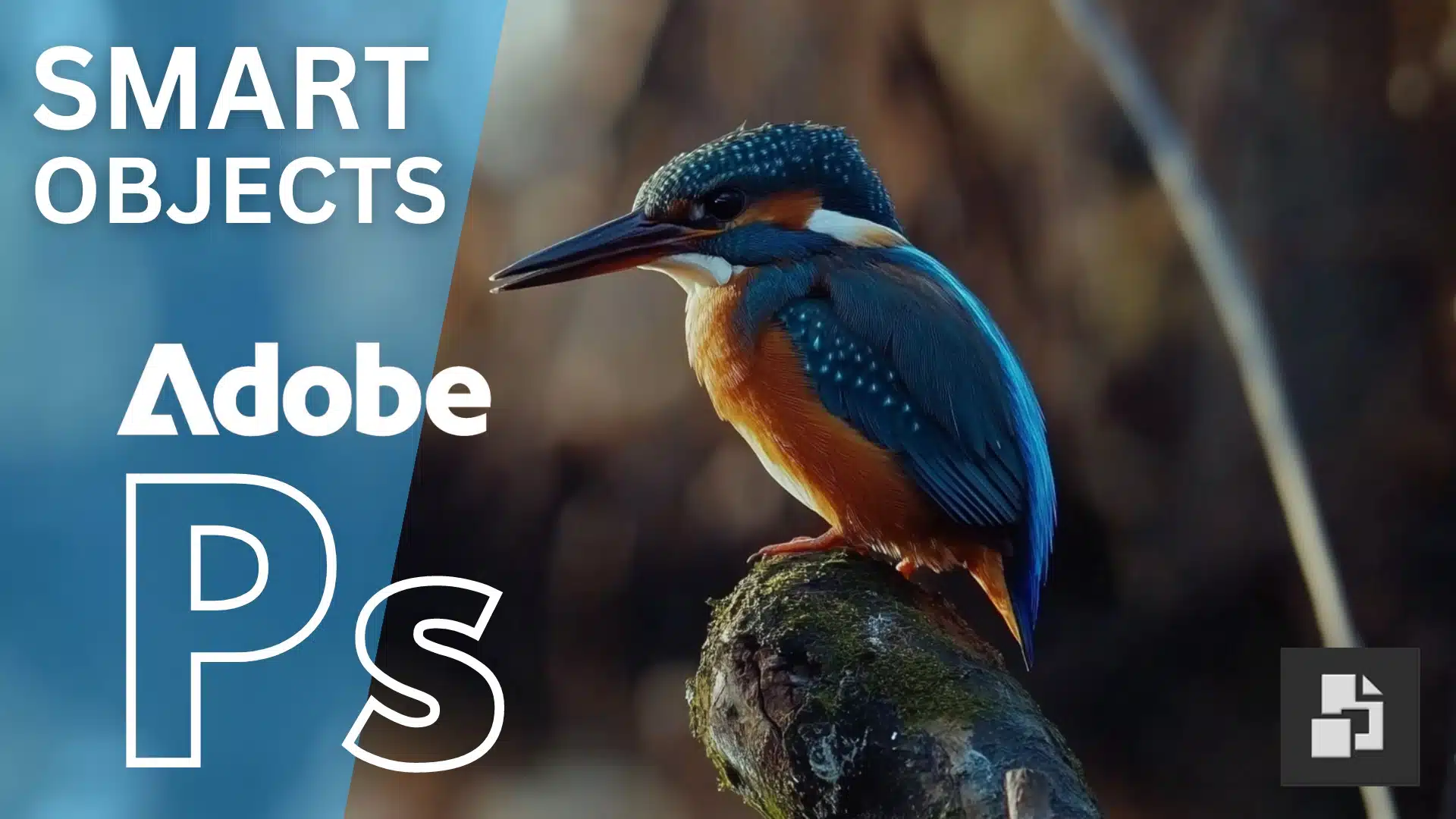
Table of Contents
What is a Smart Object in Photoshop?
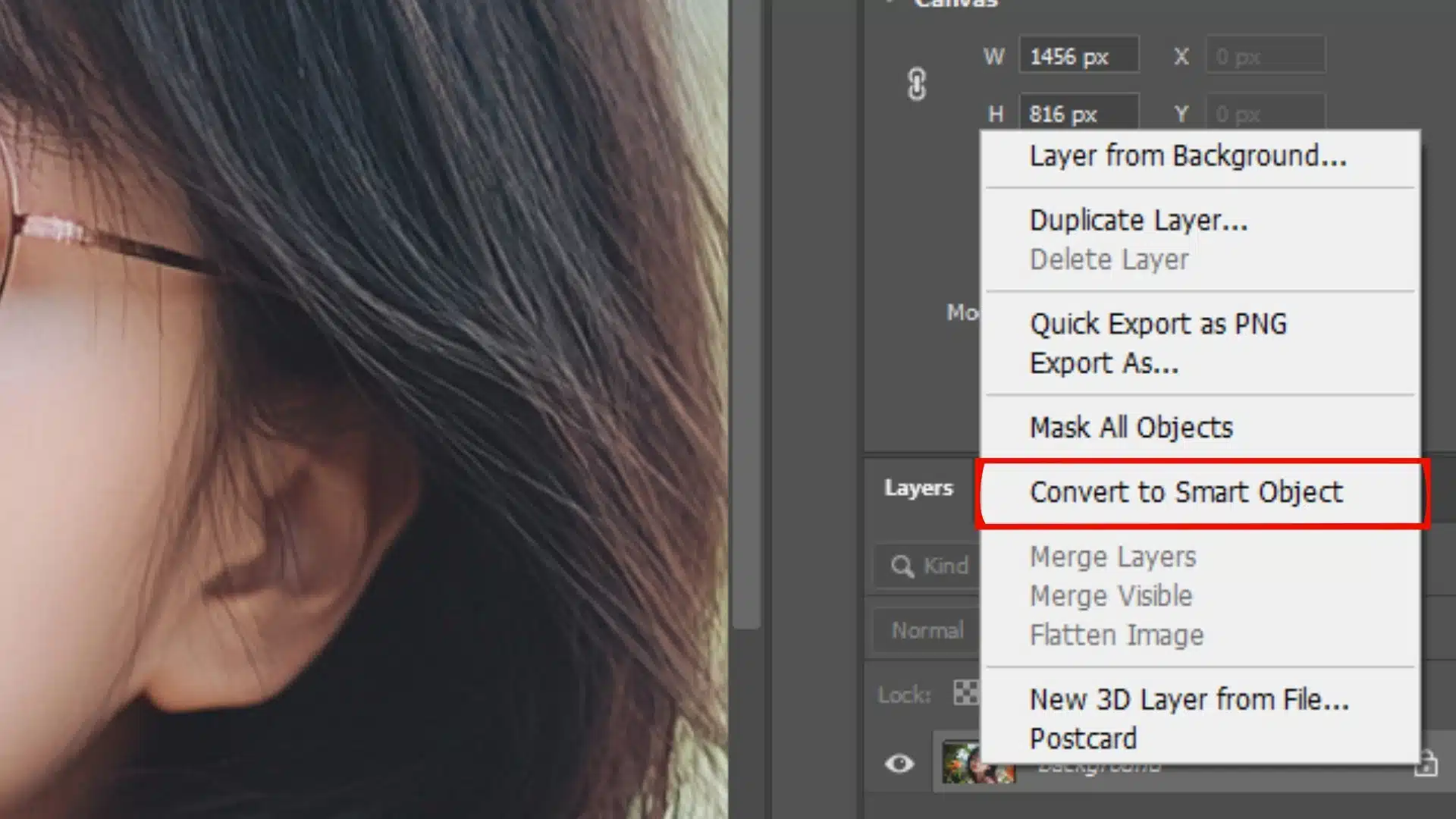
Understanding Smart Objects
A Smart Object is a special type of layer in photoshop that holds image content from raster or vector images, including those created in Photoshop. This content remains intact within the Smart Object layer, enabling non-destructive edits. This feature allows you to make various changes without affecting the original image data.
Key Features of Smart Objects
Nondestructive Editing
- Preservation of Original Data: When you convert a layer to a Smart Object, you make nondestructive edits. This process ensures that the original image quality is maintained.
- Re-editable Filters: It allows you to implement adjustment non-destructively. For example, you can adjust a Gaussian Blur filter various times without degrading the image quality.
Transformations
- Scalable and Rotatable: You can scale, rotate, skew, distort, or warp a Smart Object without losing value, making it ideal for resizing elements in your layout.
- Linked Instances: Adjusting one instance of a Smart Object will automatically update all linked instances, which is useful for maintaining consistency across various elements in your design.
Compatibility with Vector Data
- Vector Artwork Integration: Smart Objects can contain vector data from Illustrator, preserving the vector characteristics. This means you can scale the vector art within Photoshop without losing quality.
Practical Uses of Smart Objects
Composite Photography
Image Averaging
For applications like drone photography, you can use Smart Objects to average several images color together, reducing noise and improving image quality. By stacking layers and altering them into one Smart Object, you can use image techniques like mean or median stacking to save this effect.
Limitations of Smart Objects
- File Size: Smart Objects can increase the record scale of your Photoshop documents, potentially slowing down performance.
- Limited Editing Options: Multiple edits, such as using the Brush Tool or Clone Stamp Tool directly on a Smart Object, are not possible without first rasterizing the layer.
Creating Linked Smart Objects
- From the Menu: Choose document > Place Linked to create Linked Smart Objects, which update when the source file evolutions.
- Dragging and Dropping: Drag and drop a file into an open photoshop document while holding the Alt (Windows) or Option (Mac) key to create a Linked Smart Object.
Understanding Smart Objects and effectively using them in your Photoshop projects can significantly enhance your improving workflow, allowing for greater flexibility and maintaining high quality images. By mastering smart selection in photoshop, you can create precise and accurate selections that integrate perfectly with Smart Objects. Leveraging a linked Smart Object allows your project to automatically reflect any updates made to the original file.
Benefits of Smart Objects in Photoshop
Here is a table showing the differences in how to create Smart Objects from layers in photoshop and the benefits of doing so.
| Feature | Description | Advantages |
|---|---|---|
| Nondestructive Transformations | Transformations such as scaling, rotating, skewing, distorting, or warping can be performed without permanently altering the base image. | Preserves the clarity and detail of the image, allowing for flexible resizing and adjustments. |
| Re-editable Effects | Effects like Gaussian Blur can be applied in a non-destructive manner, allowing for adjustments and readjustments as needed. | Ensures flexibility for ongoing adjustments and fine-tuning, without permanently altering the layer. |
| Linked Instances | Create linked instances that update automatically when the source file is modified. | Maintains consistency across various projects or models by updating all instances simultaneously, streamlining workflow and ensuring uniformity. |
| Integration with Vector Elements | Supports vector elements from Adobe Illustrator, allowing import without rasterizing. | Preserves scalability and editability of vector images, ideal for tasks requiring both pixel-based and scalable vector elements. |
| File Dimension Management | Using linked Smart Objects refers to an external document rather than embedding it within the Photoshop document. | Reduces record dimension, making the Photoshop document more manageable and responsive, especially useful for projects with high-resolution assets. |
| Flexibility in Projects | Group elements into Smart Objects, use adjustments, and build global transformation affecting all instances. | Provides flexibility for complex projects, such as creating mockups, where updating plan elements across various contexts within the same project are necessary. |
Nondestructive Transformations
One of the primary benefits of using Smart Objects in Photoshop is that you can perform transformations without permanently altering the actual image’s color. This means you can scale, rotate, skew, distort, or warp a Smart Object layer without losing any contents from the original document. This feature is particularly useful for resizing elements in your layout, as it preserves the clarity and detail of the image throughout the transforming process.
Re-editable Filters
Smart Objects allow for the application in a non-destructive manner. Filters such as Gaussian Blur, Sharpen, or any other effect can be adjusted and readjusted as needed. Instead of using it directly to a layer, which would permanently alter it, Smart Objects keep the Smart filters editable. This flexibility is invaluable for making ongoing adjustments and fine-tuning effects. Using one Smart Object also allows for optimal flexibility and quality retention in your editing workflow, making it easier to achieve the desired results.
Linked Instances
With Smart Objects, you can create linked instances that update automatically when the source record is altered. This is especially beneficial for maintaining consistency across various projects. For example, if you update a logo in one document, all instances of that logo across different records can be updated simultaneously. This feature streamlines the workflow and ensures uniformity in design elements.
Integration with Vector Data
Smart Objects support vector data from Adobe Illustrator. This means you can import vector artwork into Photoshop without rasterizing it, preserving the scalability and edit ability of the vector graphics. This is ideal for tasks that require both pixel-based editing and scalable vector elements, such as creating complex composite images.
File Size Management
Using Linked Smart Objects can help manage report sizes efficiently. Since linked objects refer to an external portfolio rather than embedding the source file within the Photoshop document, it can significantly reduce the file size. This approach is beneficial for projects with multiple high-resolution assets, as it helps keep the Photoshop document more manageable and responsive. And, utilizing the object selection tool in photoshop allows for precise selections of your linked Smart Objects, ensuring a streamlined workflow without compromising quality.
Flexibility in Design
Smart Objects offer tremendous flexibility when working on complex layouts. You can group elements into Smart Objects, use adjustments, and make global adoptions that affect all instances of the object. This is particularly useful in scenarios such as creating mockups, where you might need to update a blueprint element across various contexts within the same project.
By leveraging the power of Smart Objects, you can enhance your Photoshop workflow, ensuring that your edits are flexible, non-destructive, and easily adjustable. This leads to a more efficient and effective design process, whether you’re working on photography or complex composite images.
Creating Smart Objects from Layers
Smart Objects in Photoshop allow you to work non-destructively, preserving the integrity of the real elements while applying various transformations. To enhance your workflow, you can easily create smart objects from your layers. By utilizing a smart object layer in photoshop, you ensure that the original image remains intact, enabling flexible editing. Here’s how to create new Smart Objects from layers and the benefits of doing so.
Step-by-Step Process
1. Selecting Layers
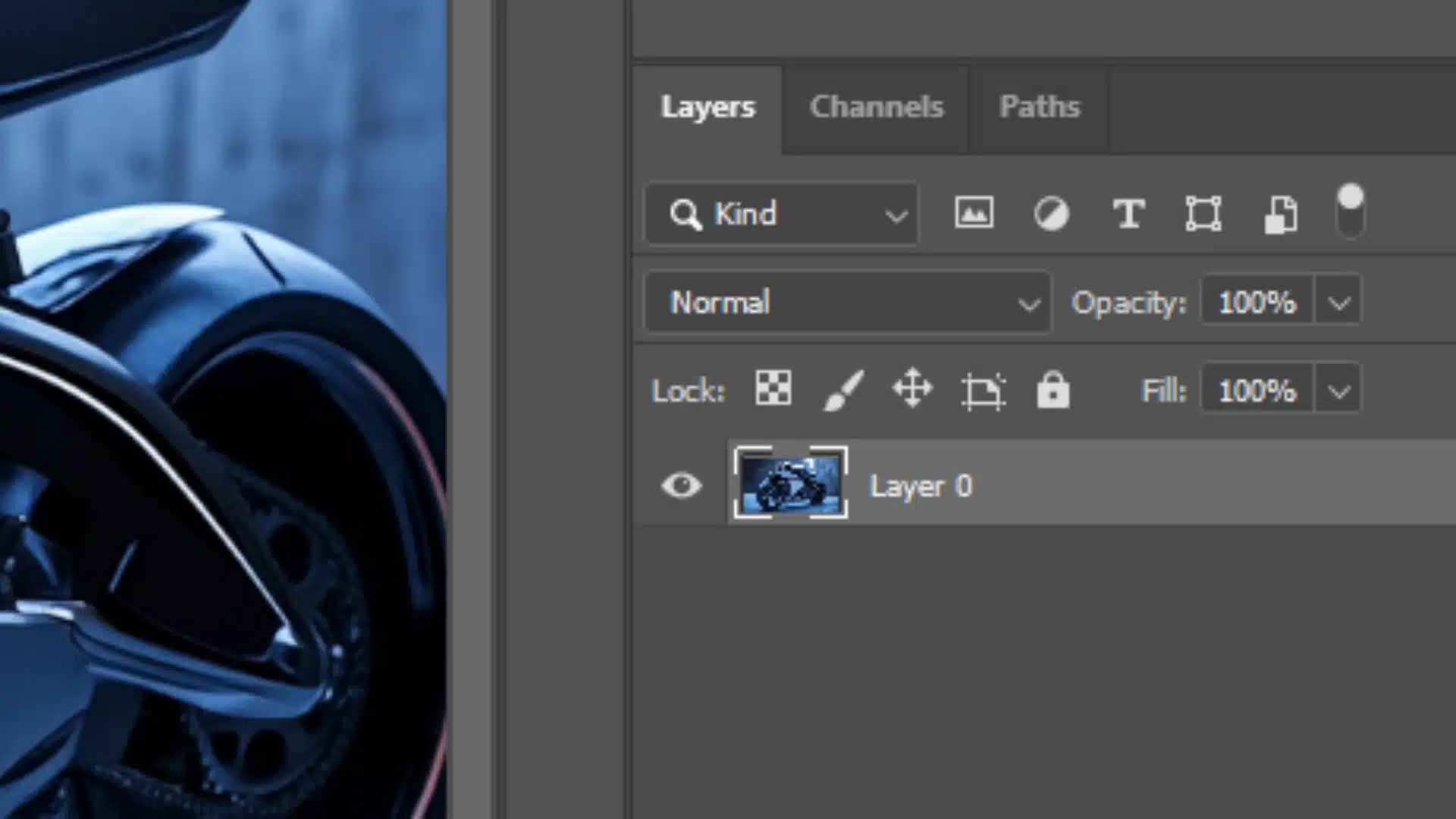
- Single Layer: Click on the layer you want to edit in the Layers panel.
- Multiple Layers: Hold down Shift (for consecutive layers) or Ctrl (Windows) / Command (Mac) (for non-consecutive layers) and click on each layer you wish to select.
2. Convert to Smart Object
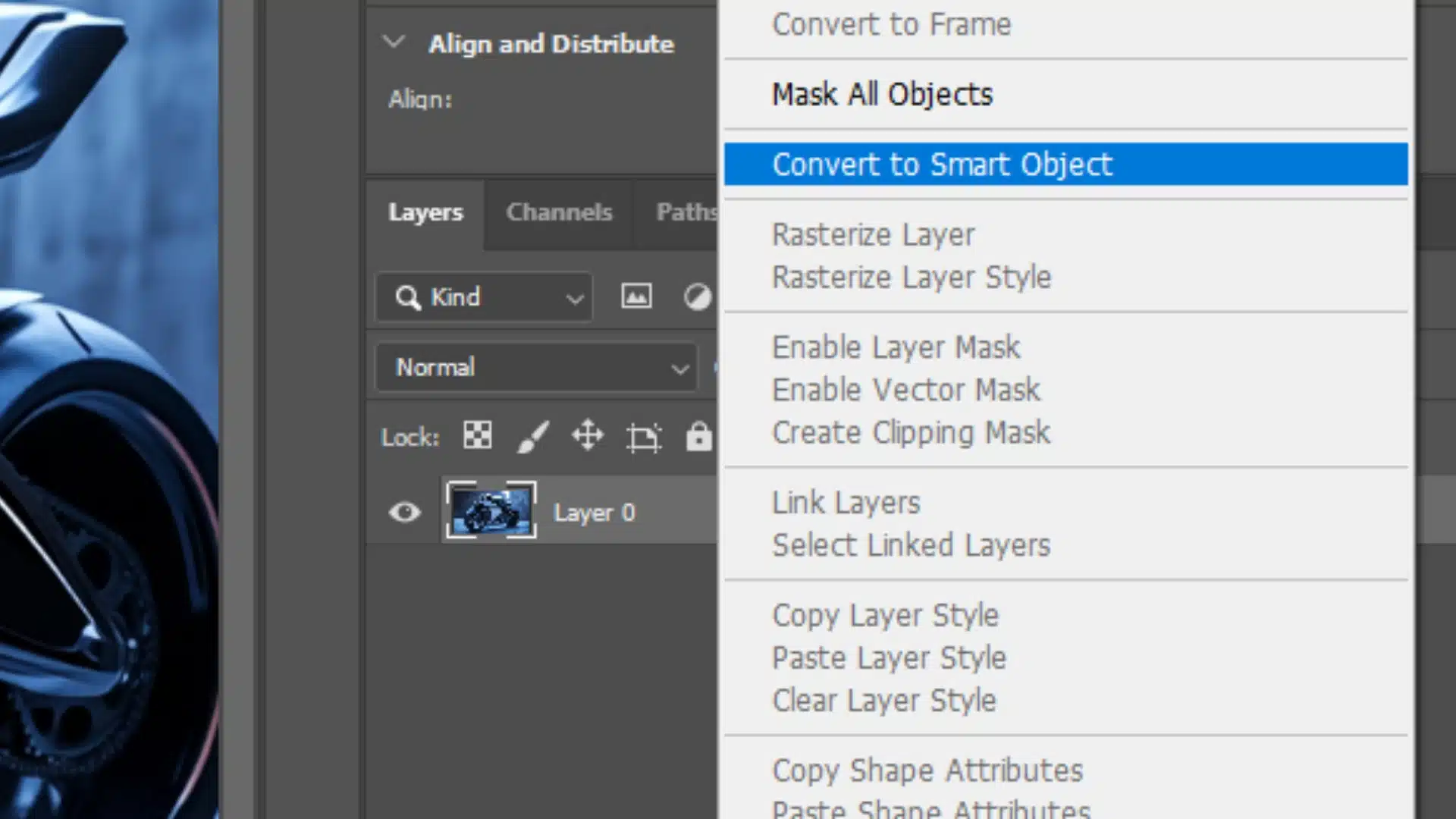
- Right-Click Method: Right-click on the selected layer(s) and choose convert to Smart Object from the context menu.
- Layer Menu Method: With the layers selected, go to Layer > Smart Objects > convert to Smart Object.
3. Confirmation

- Once changed, you’ll see a small icon in the lower-right corner of the layer thumbnail, indicating it’s now a Smart Object.
Benefits of Using Smart Objects
Nondestructive Transformations
- Preserve Original State: Transformations like scaling, rotating, skewing, or warping do not permanently alter the original layer.
- Re-editable Adjustments: Any variations can be revisited and adjusted without losing the genuine state of the layer in photoshop.
Compatibility with Vector Graphics
- Scalable Vectors: When you import vector artwork from Adobe Illustrator, converting it to a Smart Object ensures that it remains scalable and editable without rasterization, maintaining crisp edges and clear details.
Efficient Layer Management
- Grouped Adjustments: Smart Objects allow you to apply adjustments to grouped layers in photoshop, which can then be edited as a single entity. This is especially useful in complex projects with numerous elements.
Practical Examples
- Composite Photography: When creating composite images, converting layers to Smart Objects allows you to easily resize and reposition elements without compromising the genuine camera-ready quality. For instance, you can efficiently combine different phases of the moon into one image using Smart Objects.
- Using in Web Design: Linked Smart Objects are particularly useful for web designers. By linking to external files, you can ensure that updates to the source files are reflected across all instances where the Smart Object is used. This feature is handy for maintaining consistency across different outline files, making a linked smart object an essential tool for efficient design workflows.
- Applying Filters: Smart Objects enable the use of Smart Filters, which are non-destructive and adjustable. For instance, applying a Gaussian Blur as a smart filter in photoshop allows you to alter the blur intensity at any time without affecting the original camera ready layer. By mastering the creation and use of Smart Objects, you can enhance your Photoshop workflow, making it more flexible and efficient.
- Placing Embedded and Linked Smart Objects: Smart Objects in Photoshop offer flexible ways to incorporate external files into your projects. You can either transform or link these Smart Objects. Using a linked smart object enables automatic updates, ensuring changes to the source file are reflected across all instances in your project for greater efficiency. Each method has its unique advantages and applications.
Embedded Smart Objects
Steps to Embed a Smart Object in Photoshop:
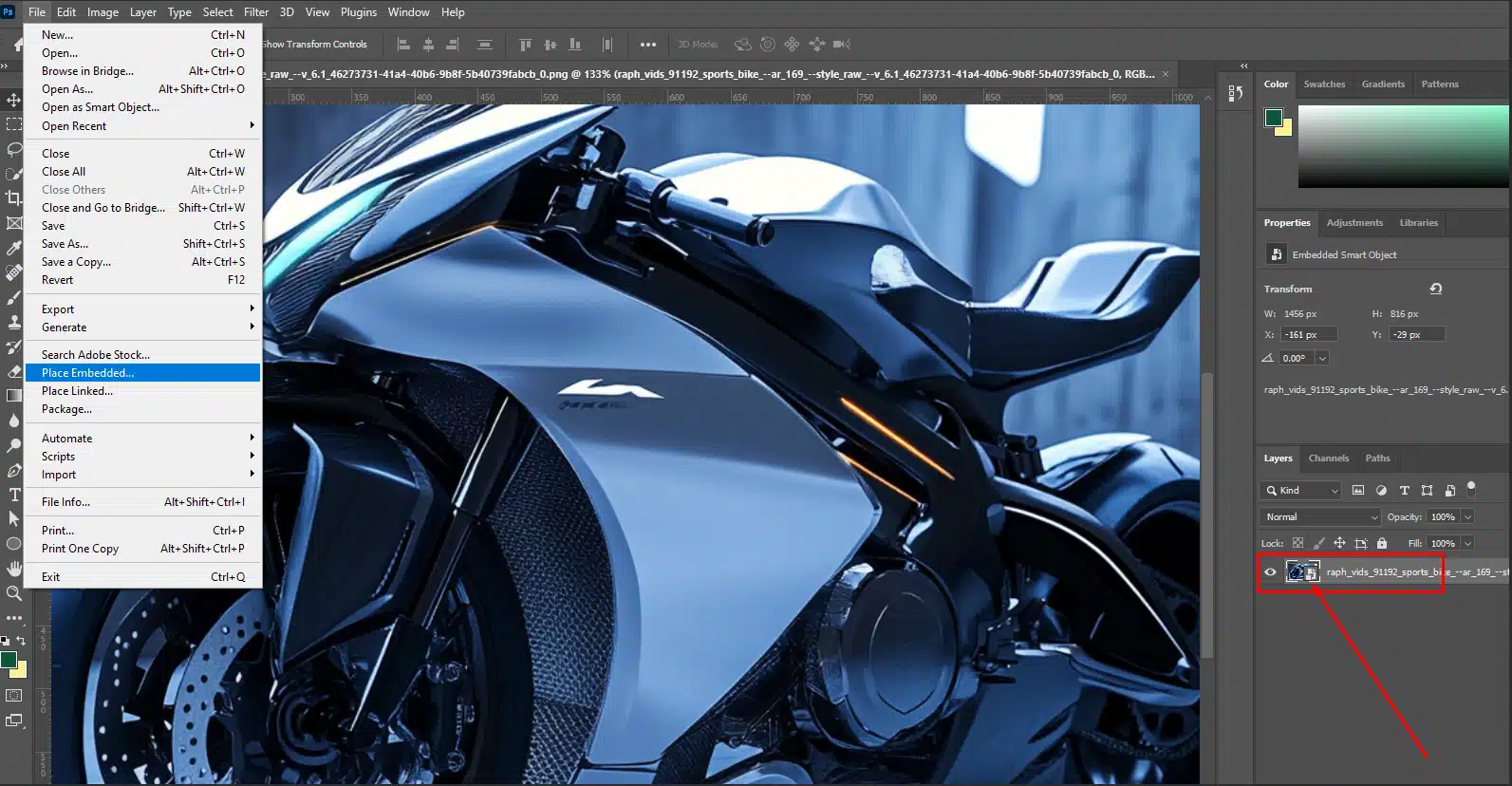
- Open Your Document: Start with the Photoshop document where you want to locate the file.
- Choose Spot Embedded: Go to File > Place Embedded.
- Select the File: In the dialog box, navigate to and select the file you want to transform.
- Position and Resize: Once located, use the bounding box to position and resize its content as needed.
Benefits of these Smart Objects:
- Self-Contained: The embedded file is included within the Photoshop document, ensuring that all resources are contained in a single file.
- Portability: Since all elements are enclosed, the file is easily portable without the need to manage external dependencies.
- Consistency: Inserted content remains consistent and unchanging, as it is not affected by variations to the source file.
Linked Smart Objects
Steps to venue Linked Smart Objects:
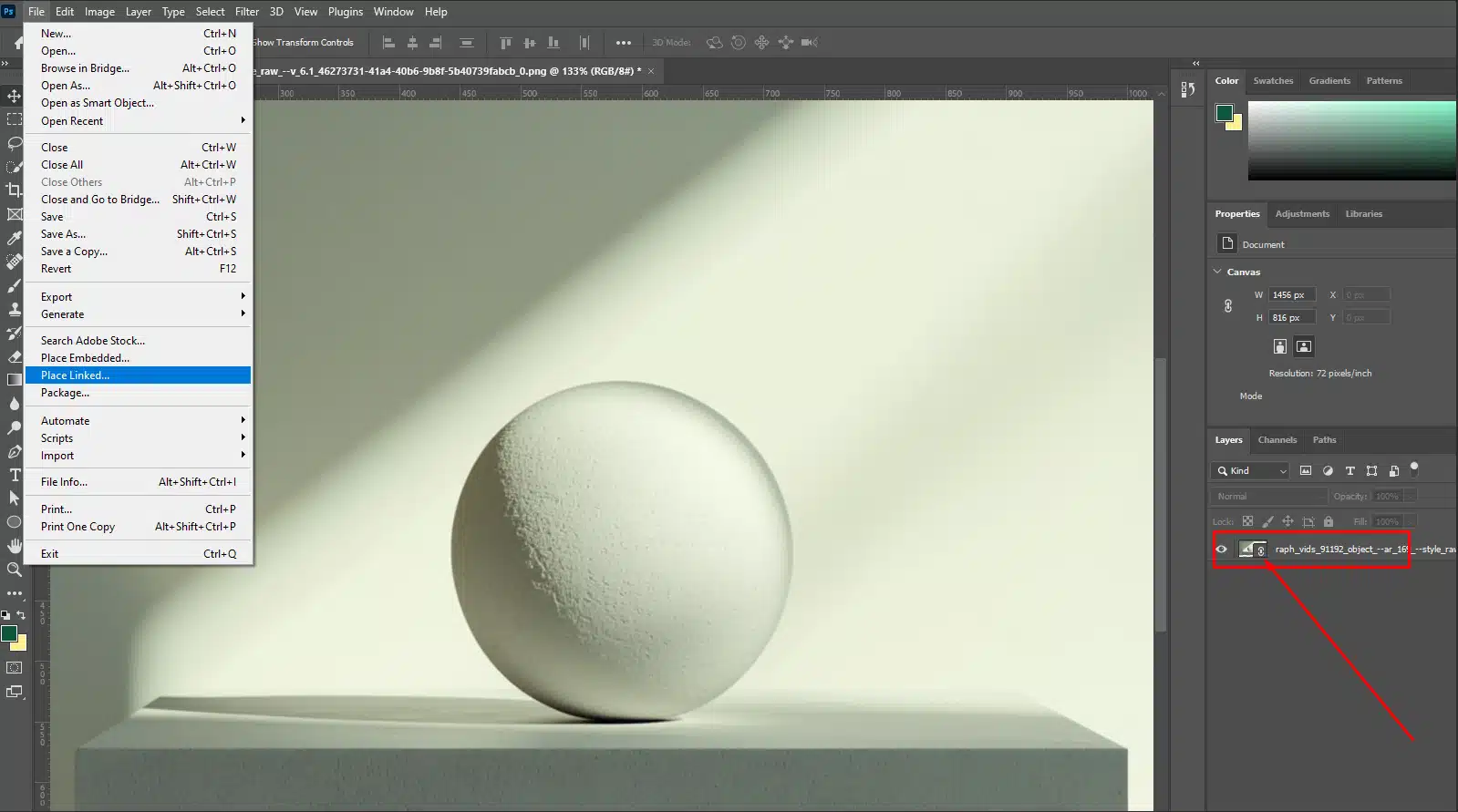
- Open Your Document: Start with the Photoshop document where you want to point the file.
- Choose Place Linked: Go to File > Place Linked.
- Select the File: In the dialog box, navigate to and select the file you want to link.
- Position and Resize: Once placed, use the bounding box to add and resize the linked content as needed.
Benefits of Linked Smart Objects:
- External Updates: Linked Smart Objects update automatically when the source file is modified. This is particularly useful for maintaining consistency across projects.
- File Size Management: Linking to an external file keeps the Photoshop document smaller, as the content is not integrated directly within the file.
- Collaborative Workflows: Linked Smart Object is ideal for team projects where different elements are managed by various team members. Transformations made by one person are reflected in all linked instances across different documents
Common Questions about Smart Object in Photoshop

How to make an image a Smart Object in Photoshop?
- Open your image in Photoshop.
- Click on the layer in the Layers panel that you want to convert.
- Right-click on the layer and choose "Convert to Smart Object," or go to Layer > Smart Objects > Convert to Smart Object from the top menu.
How do I create a Smart Object shortcut in Photoshop?
- Go to Edit > Keyboard Shortcuts.
- In the Keyboard Shortcuts dialog, navigate to Layer and then Smart Objects.
- Click on Convert to Smart Object and assign a desired keyboard shortcut by pressing the keys you want to use. For example, you might use Ctrl+Shift+S (Windows) or Cmd+Shift+S (Mac).
- Click Accept and then OK to save your new shortcut.
What is an example of a Smart Object?
An example of a Smart Object in Photoshop is a high-resolution photograph that you want to resize, rotate, and apply alternations to without losing the original details and flexibility to create further transformations. Here’s a practical scenario:
- High-Resolution Photo: You have a high-resolution portrait that you need to integrate into a magazine layout. Ensure the image is high-quality and suitable for print to achieve the best resolution for photoshop.
- Non-Destructive Editing: Convert the photo layer into a Smart Object by right-clicking the layer and selecting Convert to Smart Object.
- Flexible Adjustments: You can now resize the image in photoshop, apply changes, and use various separations. For instance, if you apply Gaussian Blur to soften the background, the Smart Object allows you to adjust the blur intensity at any time without affecting the original photo.
- Maintaining Quality: Even after several edits and adjustments, the original photo remains unchanged and can be reverted back to its initial state if needed.
How to create a Smart Filter in Photoshop?
- First, convert your layer to a Smart Object. Right-click on the layer in the Layers panel and select Convert to Smart Object.
- Go to the smart Filters menu at the top of Photoshop.
- Select the filter you want to use and adjust the settings as needed. For example, choose Gaussian Blur, adjust the blur radius, and click OK to save it.
How do I make a Smart Object normal in Photoshop?
- Click on the Smart Object layer in the Layers panel.
- Right-click on the layer and select Rasterize Layer. This will convert the Smart Object back to a regular layer, making it editable like any standard layer.
- The Smart Object icon will disappear from the layer thumbnail, indicating it is now a normal layer.
Conclusion
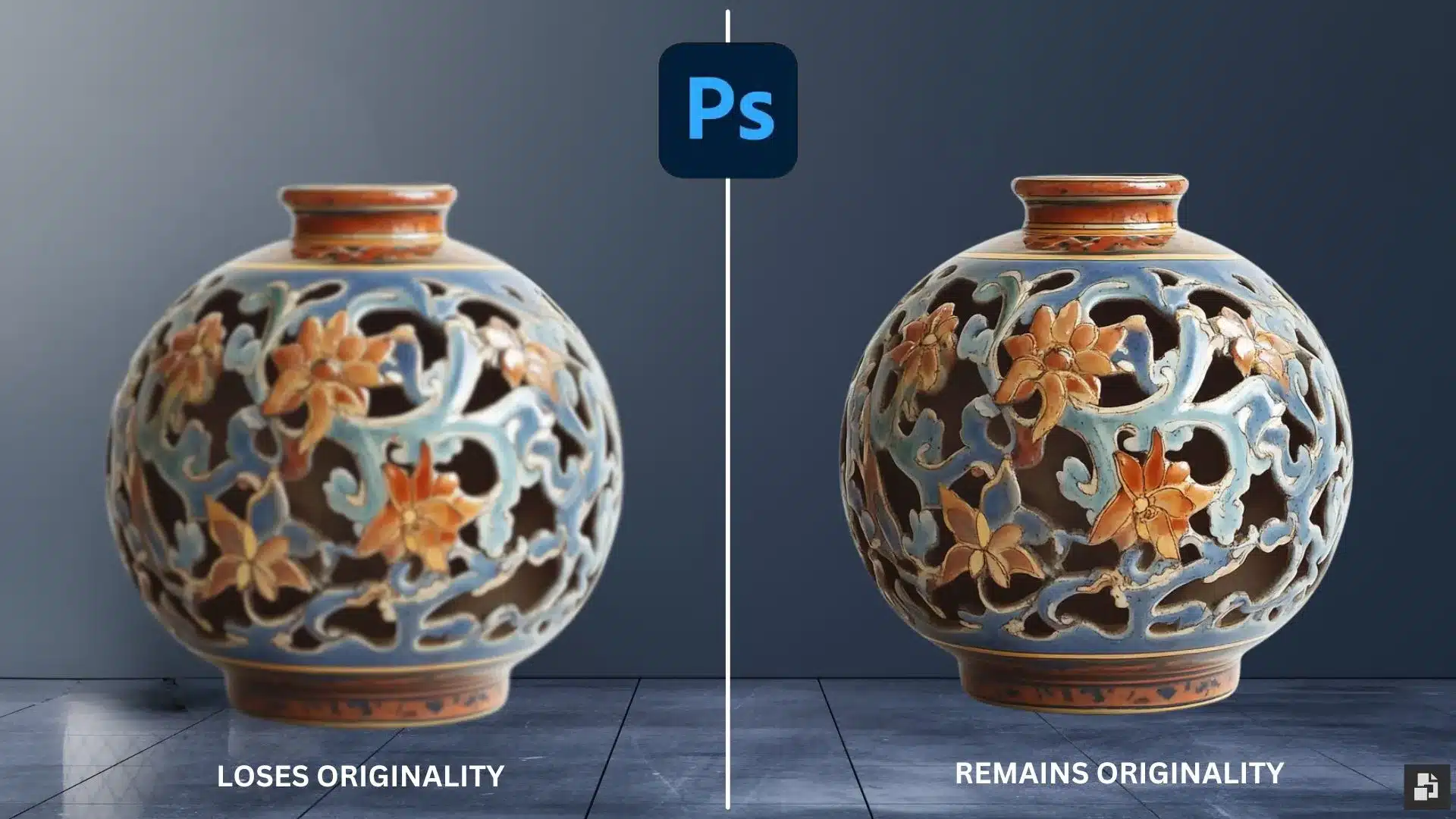
Incorporating Smart Objects in Photoshop enhances efficiency and creative flexibility. I once integrated several high-res photos into a complex project, using Smart Objects for non-destructive edits and re-editable effects, saving time and maintaining consistency. Master these techniques with our Photoshop Course and Lightroom Course now!
If How to make a Smart Object in Photoshop article has helped you, then Like and Share it with your friends
Have a nice photoshoot!
Read more about: Photo Editing with Lightroom and Photoshop















